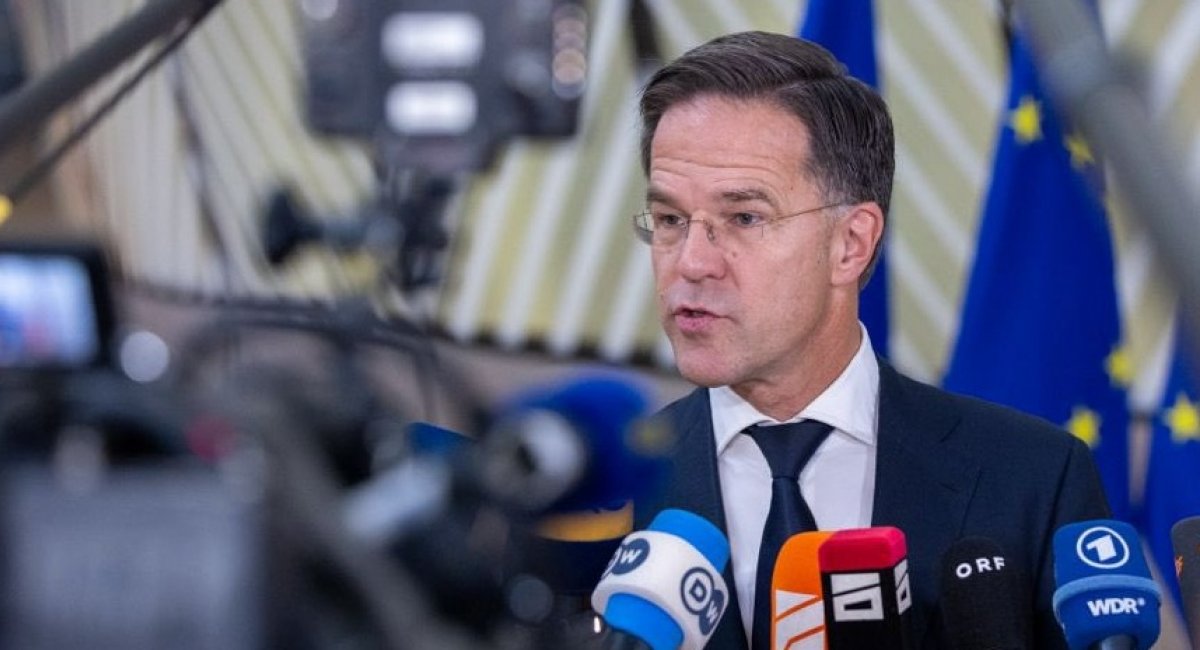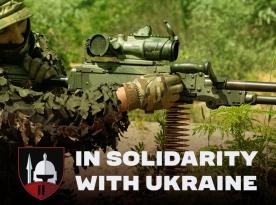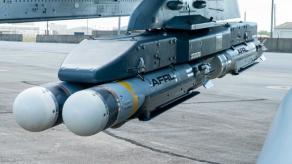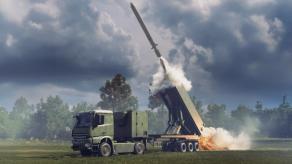Under Rutte's proposal, NATO members would allocate 3.5% of GDP directly to defense and an additional 1.5% to broader security needs such as infrastructure upgrades, cyber defense, and strategic resilience. The concept was presented to allies, according to Reuters' sources, while NATO officials didn't openly confirm or explicitly deny the talks.
The initiative is intended to strike a balance between ambitious American expectations and the economic capacities of European allies. Currently, no NATO country — including the U.S. — spends 5% of GDP on defense. According to NATO data, the U.S. spent about 3.2% in 2024, while Poland exceeded 4%.
Read more: russia Deploys 11 Warships for Baltic Navy Drills After Europe Starts Seizing "Shadow Fleet" Tankers
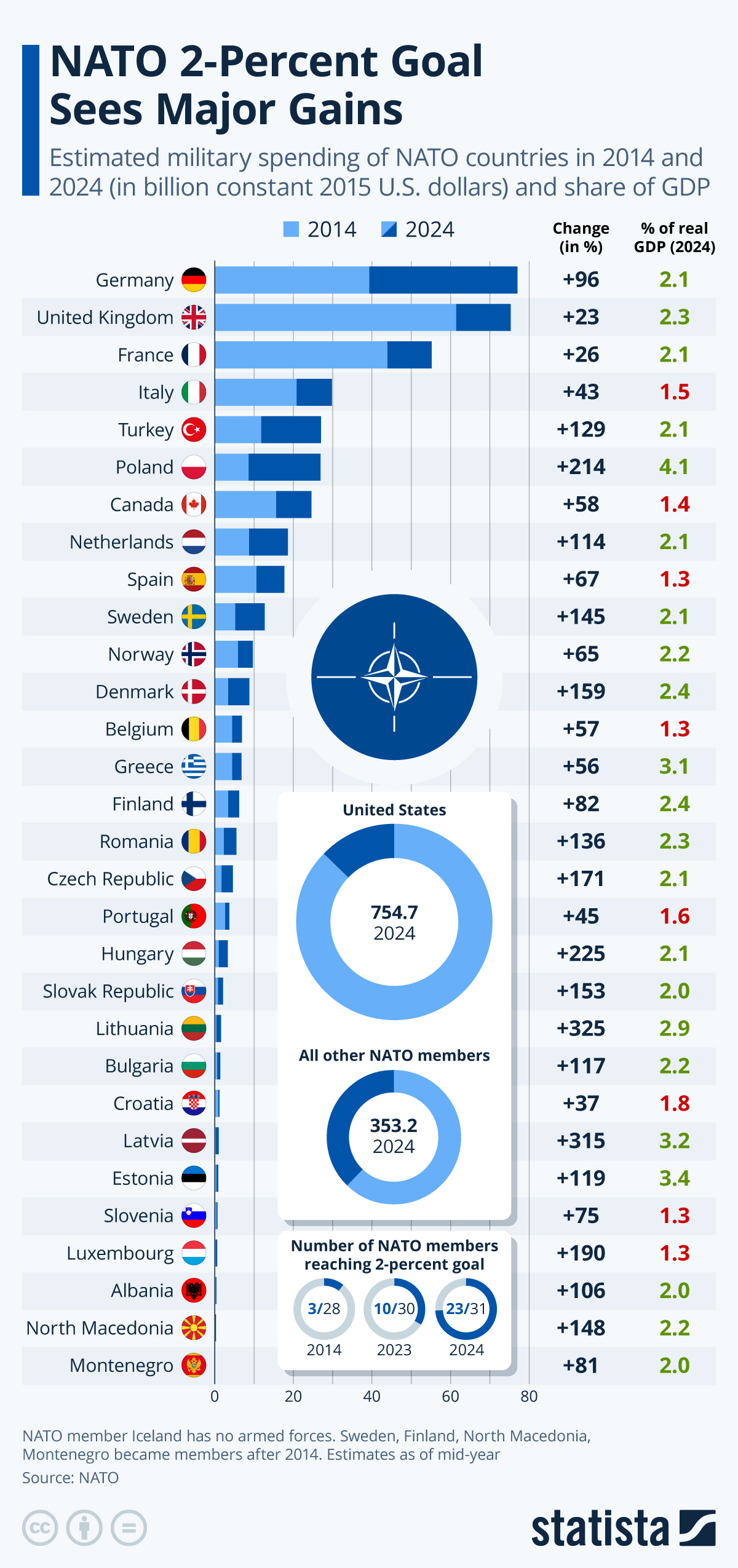
Rutte emphasized the need for a "quantum leap" in defense efforts by European countries and Canada, particularly in response to growing threats from russia following its full-scale invasion of Ukraine in 2022.
The proposal is expected to be discussed at the NATO summit in The Hague this June, where leaders may agree on updated spending benchmarks.
Rutte had previously underscored the importance of continued support for Ukraine, noting that European nations are ready to co-finance U.S.-made weapons for Kyiv to ensure the flow of aid continues even if Washington hesitates.
This approach reflects NATO's effort to adapt to evolving security threats and ensure a fairer distribution of the financial burden across the alliance.
Read more: 1166 Days of russia-Ukraine War – russian Casualties in Ukraine




